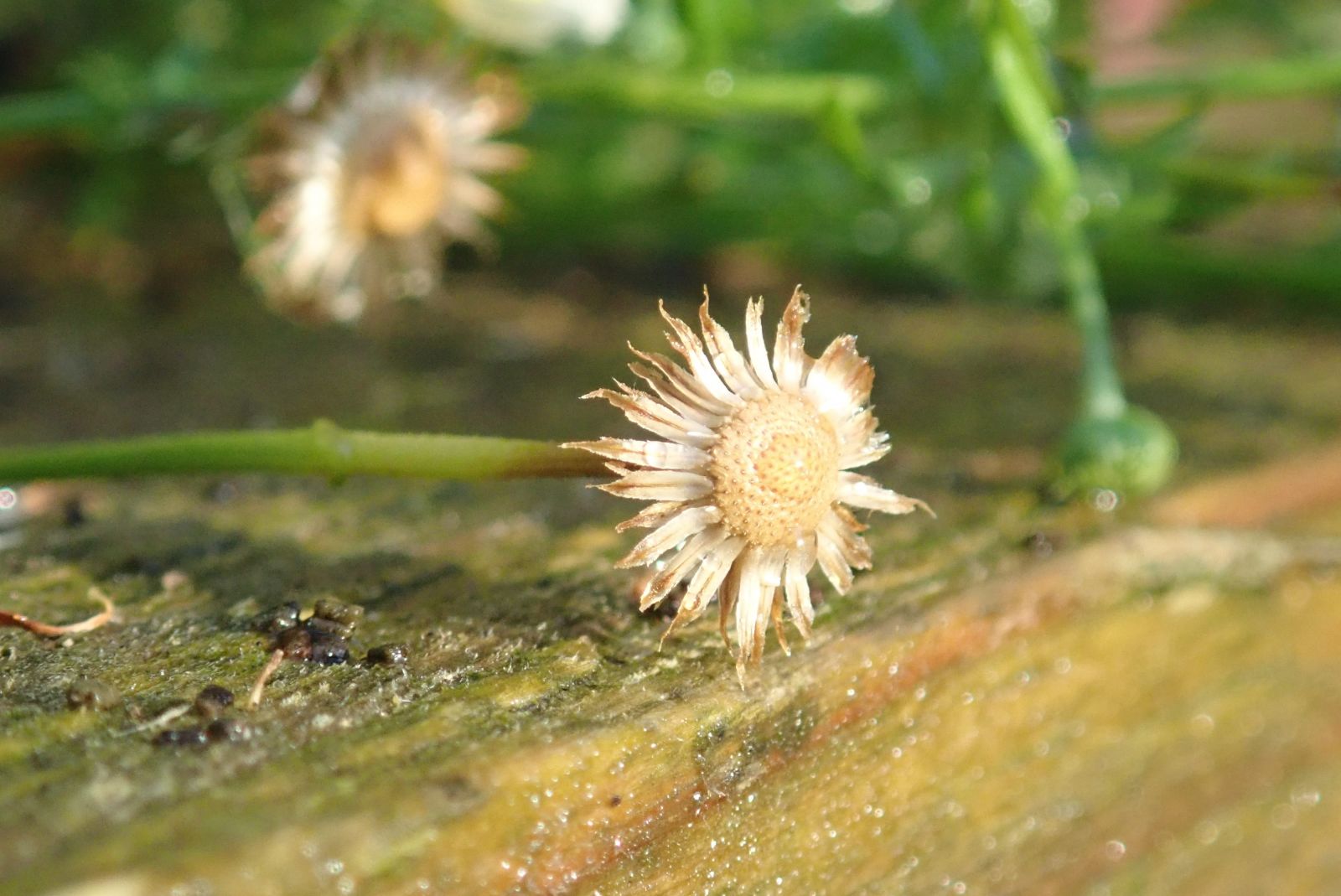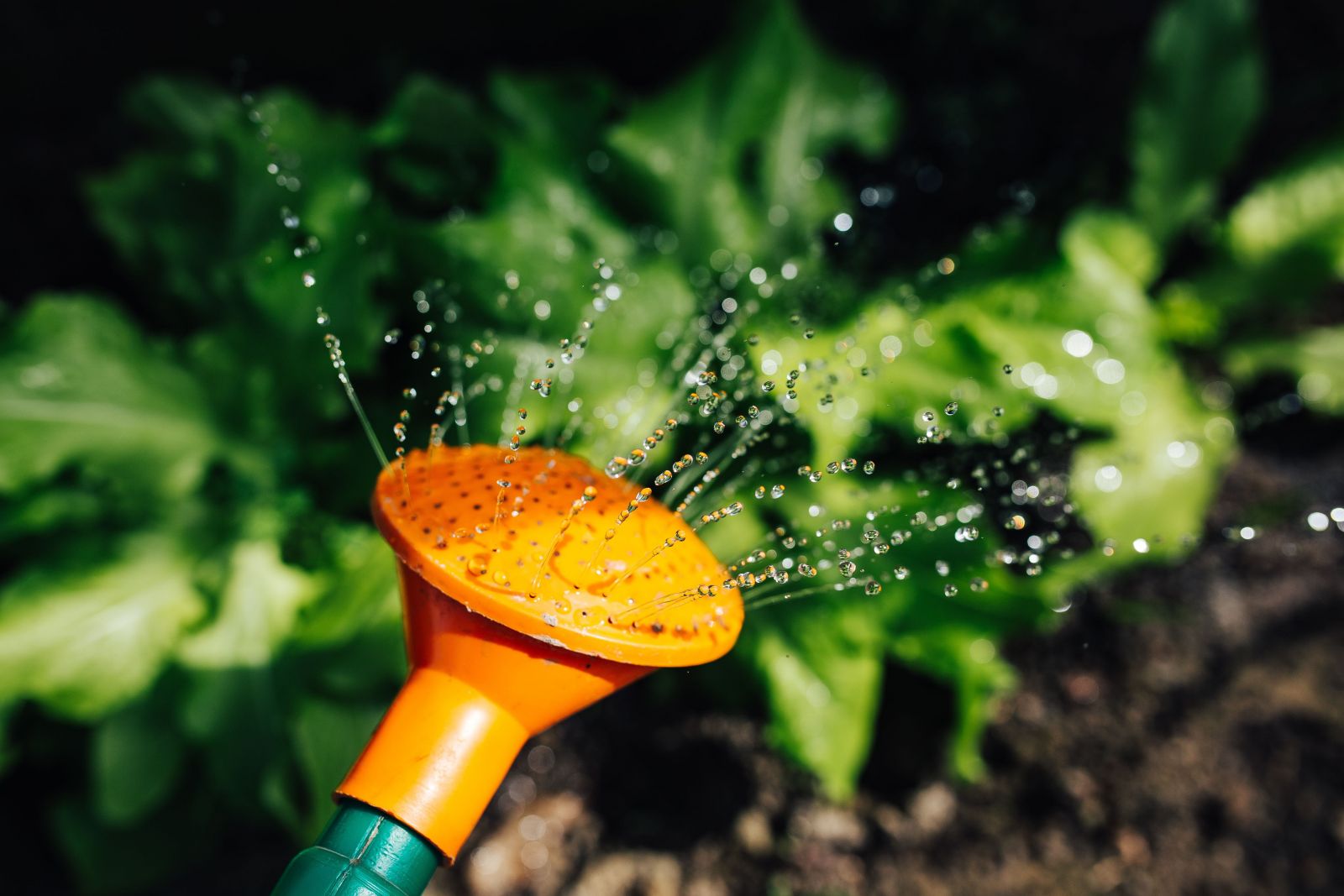Thunder Flies
Thunder flies are tiny black bugs seeking to destroy your garden. They are attracted to the flowers in your garden because of the bright colours and feed on them. Often young plants are affected by these pests the most, because they are not strong enough to resist them. How do you know when thunderbugs are terrorising your garden and how do you get rid of them? Goodgardn.co.uk offers you the best tools to guard yourself and your garden against thunder flies.
What are thunderbugs and what do they do to your garden?
Thunderbugs are minuscule insects that sometimes are as small as 1 mm. They are known by many different names: thunderfly, thunderblight, thrip and storm fly. Why are they associated with storm and thunder? Because they usually come up just before a thunder storm arrives, when the air is hot and dry. Thrips fly in large swarms and multiply rapidly in summer time. They can ruin your garden in various ways, for example they:
- Cut slits in your plants and deposit their eggs there. Then, these little eggs feed on the plant for 7 to 14 days;
- Leave silver and black dots on the leaves of your plants;
- Turn the petals of your flowers brown;
- Transmit viruses to weak and young plants, such as tomato spotted wilt virus.

How to recognise thrips in your garden
Maybe you are wondering whether thrips are affecting your crops. Your plants are not growing like they used to, but you are not sure what the cause of their demise is. There are several things you can look for when you assume there are thunderbugs in your garden. First of all, look for tiny black specks and stipples on the leaves and buds of your plants. A second tip is to use a blank sheet of paper to study the insects in detail. Hold your piece of paper underneath a tree or plant and shake your plant so the thrips will fall on the paper. Use a magnifying glass to study the insects accurately. A thrip should look a bit like a lobster from up close.
What is the purpose of flies?
Not all types of thrips are bad. Some will actually help to kill other pests. That is why you should not aim to kill all thunder flies in your garden. Not only is this an impossible task to fulfil, you will also run the risk of eradicating a lot of good insects. Instead of relying solely on pesticides, you can also rely on the impact of thunderbugs. A thunderfly eats multiple types of insects and can thus help you to control the pests in your garden and minimise the use of pesticides. At the same time, flies themselves function as food for other animals, such as bats and fish. In this way, they play an important role in maintaining the food chain.
5 tips on how to get rid of thunderbugs
Even though there are good types of thrips, there are also lots of thunderbugs terrorising your garden. When you see that all your plants are being eaten away by those tiny black bugs, there is only one thing you want to know: how to get rid of thunderbugs. Here are 5 tips to remove those nasty pests from your garden without using pesticides:
- Hang some brightly coloured sticky cards in your garden. Since thrips are attracted to bright colours, you will be sure to find them stuck to these cards;
- Shake branches to make sure the thunder flies will fall out. Catch them by placing a cloth underneath your tree or plant;
- Use biological control, like swirski-mites. These predatory mites will feed on your thrips and thus protect your plants and trees against pests;
- Remove weeds to make your garden less attractive for thrips in the future. Avoid the use of green mulch and fertilisers filled with nitrogen;
- Prune and water your plants regularly. Make sure your plants live in the right conditions and are able to thrive in the area you planted them. If your plants are strong and healthy, they will be less susceptible to the harmful influence of thrips.

